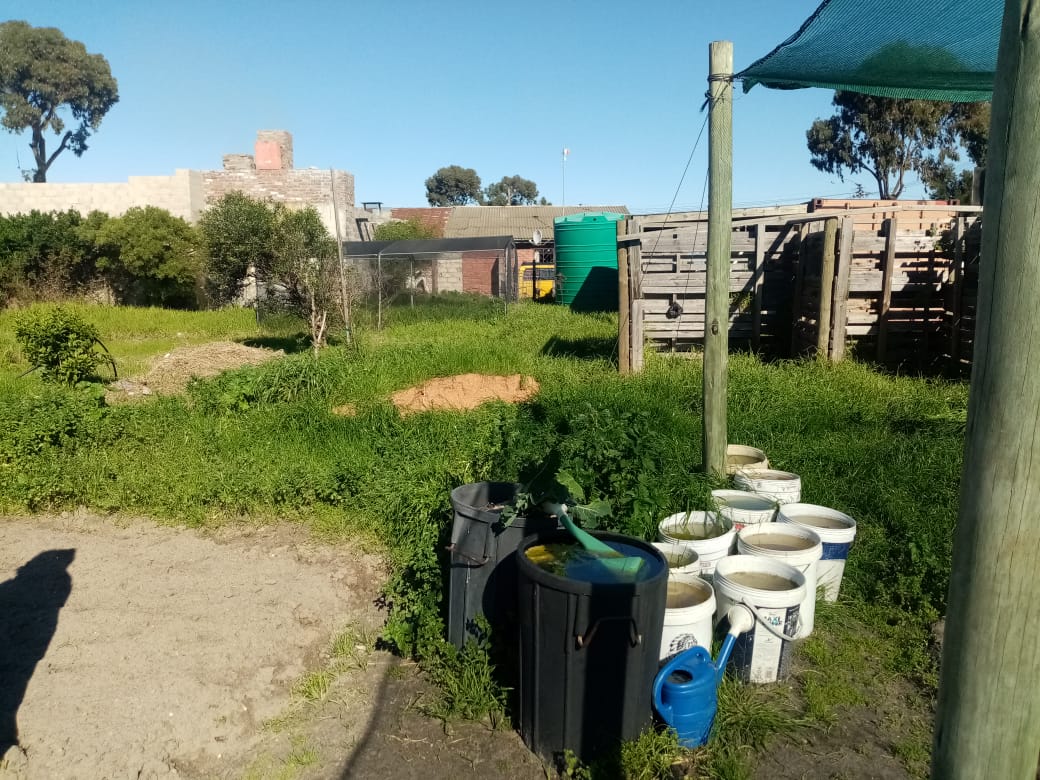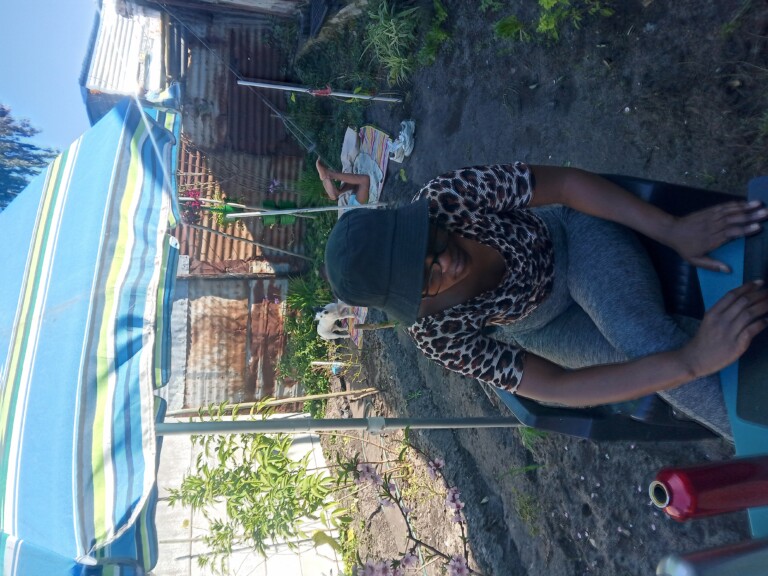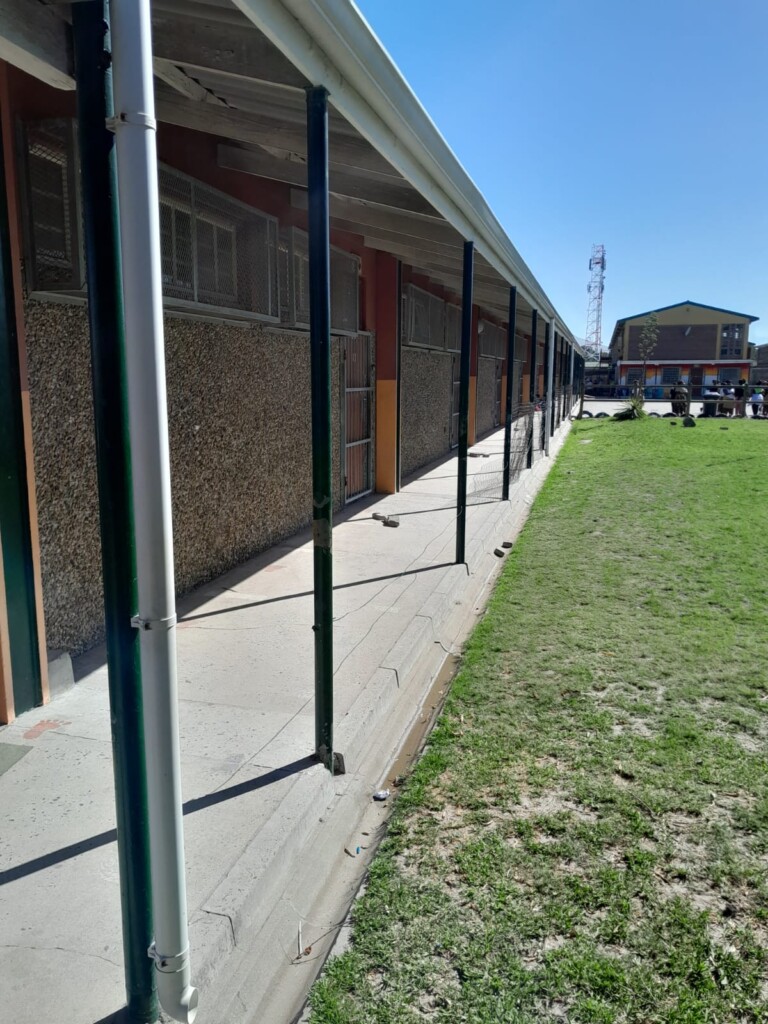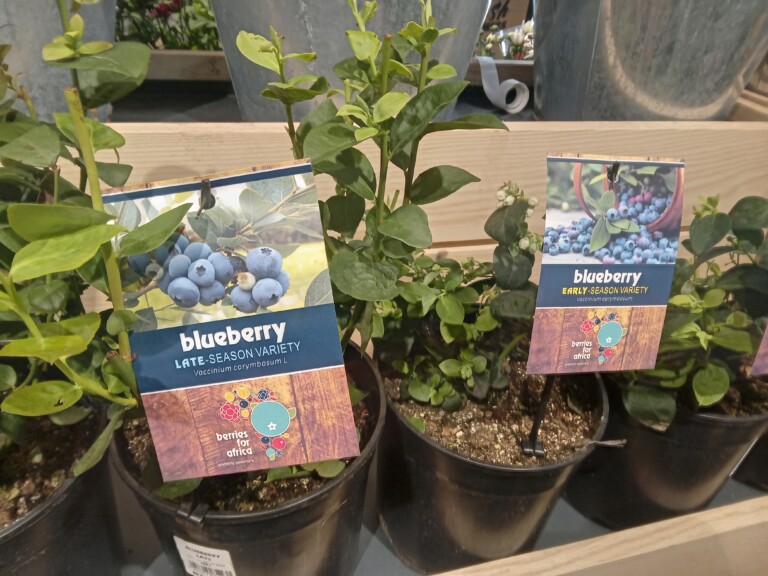In the heart of urban innovation, where towering buildings frame the sky and the pulse of city life is a constant rhythm, an extraordinary vision has taken root. This is our vision—a tale of a year-round vertical urban garden that redefines the boundaries of possibility. Guided by the belief that innovation knows no bounds, we embarked on a journey to create a self-sustaining vertical garden—a testament to human ingenuity and nature’s resilience.
Introduction:
In a world where every inch of space is precious, we recognized an opportunity to reimagine our relationship with the land. This is the story of how we transformed the concept of traditional gardening into a multi-level symphony of growth, where innovation intertwines with nature’s wisdom. The vertical urban garden stands as an embodiment of this marriage, creating a space that nurtures not only the soil but also the bonds of community.
Guiding Principles:
– Innovation as the Foundation: The vertical urban garden is a testament to the power of innovative thinking. By utilizing vertical pallets around the outside fences, we’re tapping into an unexplored dimension of urban gardening, creating a living canvas that defies the limitations of space.
Year-Round Harvest: As the seasons ebb and flow, so does the garden. By cultivating across three distinctive levels, we’ve unlocked the potential for a continuous harvest. From the bounty of summer to the sustenance of winter, the garden’s bounty is ever-present.
The Essence of Community:
Beyond the tangible yields, this garden embodies the essence of Peopleize—an idea that celebrates the interplay between people and their environment. Every seed sown, every leaf nurtured, is a testament to the strength of community united in nurturing nature.
The Year-Round Journey:
From the uppermost level, where innovation and sunlight dance in harmony, to the middle level—a hub of growth and connection—and finally, the ground level, where life takes root, each facet of the vertical urban garden unfolds a story. From the vibrant spectrum of tomatoes to the crisp allure of lettuce, the garden is a living canvas, evolving in sync with the rhythm of life.
Join the Green Revolution:
This journey is an invitation—an invitation to envision the urban landscape as more than just concrete and steel. It’s a call to embrace innovation and transform the way we interact with nature within our city spaces. The vertical urban garden is a movement—an embodiment of a future where sustainability, community, and growth are inseparable.<
As you step into this garden, you’re stepping into our vision—a vision where innovation blooms, where urban spaces become sanctuaries of life, and where the spirit of Peopleize pulses through every interaction. Join us in this green revolution as we cultivate a new narrative—one where innovation meets cultivation, and where the height of growth echoes the heartbeat of our city. With vertical gardens embracing the fences, the middle of the garden stands open, an invitation to the future—a future where connection and cultivation flourish in unison.
List of crops with explanations for the placement on the top, middle, and lower levels of the vertical pallets, along with the estimated number of seeds to plant and the estimated yield for each crop:
January – February:
Top Level of Vertical Pallet (Recommended Soil Depth: 30-40 cm):– Brinjals (Eggplants): 100-150 seeds, Yield: Multiple eggplants per plant. (Top Level for vertical growth)
– Basil and Coriander: 100-200 seeds, Yield: Frequent harvests of leaves. **(Top Level for easy harvesting)**
– Rocket (Arugula), Cherry Tomatoes: 200-300 rocket seeds, 150-200 cherry tomato seeds, Yield: Frequent harvests of leaves, 10-15 pounds per plant. **(Top Level for leafy growth, easy access)**
– Leek, Garlic Chives: 100-150 leek seeds, 100-200 garlic chive seeds, Yield: Multiple leeks and frequent harvests of garlic chive leaves. **(Top Level for vertical growth)**
– Squash, Chili: 50-100 squash seeds, 100-150 chili seeds, Yield: Multiple squashes and chilies per plant. **(Top Level for trailing vines)**
– Sweet Potatoes, Spinach: 50-100 sweet potato slips, 200-300 spinach seeds, Yield: Multiple sweet potatoes, frequent harvests of spinach leaves. **(Top Level for trailing vines, leafy greens)**
Middle Level of Vertical Pallet (Recommended Soil Depth: 20-30 cm):
– Tomatoes: 150-200 seeds, Yield: 10-20 pounds per plant. **(Middle Level for sturdy support)**
– Peppers: 100-150 seeds, Yield: Multiple peppers per plant. **(Middle Level for sturdy support)**
– Lettuce: 200-300 seeds, Yield: Several heads per plant. **(Middle Level for easy harvesting)**
– Red Pepper and Green Pepper: 100-150 seeds, Yield: Multiple peppers per plant. **(Middle Level for sturdy support)**
Lower Level of Vertical Pallet (Directly on Ground, Minimal Soil Depth Needed):
– Maize (Corn): 200-300 seeds, Yield: Several ears per plant. **(Lower Level for height and support)**
– Beans: 400-600 seeds, Yield: Bush beans: 1-2 pounds per plant, Pole beans: 2-4 pounds per plant. (Lower Level for climbing support)
March – April:
Top Level of Vertical Pallet (Recommended Soil Depth: 30-40 cm):
– Broccoli, Cauliflower: 100-150 broccoli seeds, 100-150 cauliflower seeds, Yield: One head of broccoli and cauliflower per plant. **(Top Level for head development)**
– Green Peas: 200-300 green pea seeds, Yield: Around 2-3 pounds per plant. **(Top Level for vertical growth)**
– Brussels Sprouts: 100-150 Brussels sprouts seeds, Yield: Multiple Brussels sprouts per plant. **(Top Level for compact growth)**
– Cilantro (Coriander), Parsley: 100-200 cilantro and parsley seeds, Yield: Frequent harvests of leaves. **(Top Level for easy harvesting)**
Middle Level of Vertical Pallet (Recommended Soil Depth: 20-30 cm):
– Beetroot: 200-300 beetroot seeds, Yield: Multiple beetroots per plant. **(Middle Level for root development)**
– Garlic, Carrots, Beets: 50-100 garlic cloves, 300-400 carrot seeds, 200-300 beetroot seeds, Yield: Multiple garlic bulbs, several carrots and beetroots per plant. **(Middle Level for root crops)**
– Spinach, Radishes: Add spinach and radishes to the middle level for variety. Estimated Seeds: 200-300 spinach seeds, 200-300 radish seeds. Yield: Frequent harvests of spinach leaves, multiple radishes per plant. **(Middle Level for leafy greens and root crops)**
Lower Level of Vertical Pallet (Directly on Ground, Minimal Soil Depth Needed):
– Cabbage: 100-150 cabbage seeds, Yield: One cabbage head per plant. **(Lower Level for head development)**
– Potatoes: 300-400 potato seeds, Yield: Multiple potatoes per plant. **(Lower Level for tuber growth)**
May – August:
Top Level of Vertical Pallet (Recommended Soil Depth: 30-40 cm):
– Blueberries: Positioned on the top level for easy access to the berries. Yield: Harvests of blueberries. **(Top Level for fruit development)**
– Lettuce, Spinach: Continue growing lettuce and spinach on the top level for a constant supply of leafy greens. Estimated Seeds: 200-300 lettuce seeds, 200-300 spinach seeds. Yield: Several heads of lettuce, frequent harvests of spinach leaves. **(Top Level for easy harvesting, continuous growth)**
– Strawberries: Continue harvesting strawberries from the top level. **(Top Level for easy access to berries)**
Middle Level of Vertical Pallet (Recommended Soil Depth: 20-30 cm):
– Peas, Green Beans: Add peas and green beans to the middle level for legume variety. Estimated Seeds: 200-300 pea seeds, 200-300 green bean seeds. Yield: Green peas: 2-3 pounds per plant, green beans: 2-4 pounds per plant. **(Middle Level for climbing support, variety)**
Lower Level of Vertical Pallet (Directly on Ground, Minimal Soil Depth Needed):
– Carrots, Beets: Continue growing carrots and beets on the lower level. Estimated Seeds: 300-400 carrot seeds, 200-300 beetroot seeds. Yield: Several carrots and beetroots per plant. **(Lower Level for root crops)**
September – December:
Top Level of Vertical Pallet (Recommended Soil Depth: 30-40 cm):
– Lettuce, Rocket, Onions: Positioned on the top level, these crops provide easy access for harvesting and space for growth. Estimated Seeds/Sets: 200-300 lettuce seeds, 200-300 rocket seeds, 200-300 onion sets/seeds. Yield: Several heads of lettuce, frequent harvests of rocket leaves, multiple onions per plant. **(Top Level for easy harvesting, continuous growth)**
– Kale, Swiss Chard: These leafy greens are suited for the top level, offering continuous leaf harvests. Estimated Seeds: 100-150. Yield: Frequent harvests of leaves. **(Top Level for leafy greens)**
Middle Level of Vertical Pallet (Recommended Soil Depth: 20-30 cm):
– Garlic, Carrots, Beets: Positioned on the middle level, these crops develop well and yield multiple bulbs, carrots, and beetroots. Estimated Seeds/Cloves: 50-100 garlic cloves,
300-400 carrot seeds, 200-300 beetroot seeds. Yield: Multiple garlic bulbs, several carrots and beetroots per plant. **(Middle Level for root crops)**
Lower Level of Vertical Pallet (Directly on Ground, Minimal Soil Depth Needed):
– Cabbage: Positioned on the ground level, cabbages develop heads with adequate space for growth. Estimated Seeds: 100-150 cabbage seeds. Yield: One cabbage head per plant. **(Lower Level for head development)**
– Brussels Sprouts: These are also positioned on the lower level for proper development. Estimated Seeds: 100-150 Brussels sprouts seeds. Yield: Multiple Brussels sprouts per plant. **(Lower Level for compact growth)**
Year-Round:
– Chickens: Incorporate a small flock of around 4-6 hens for fresh eggs and soil enrichment. Chickens can thrive year-round. About 5 eggs per day.
With these recommendations for soil depth, you can create optimal growing conditions for each level of your vertical pallet garden, ensuring healthy plant development and bountiful yields.





